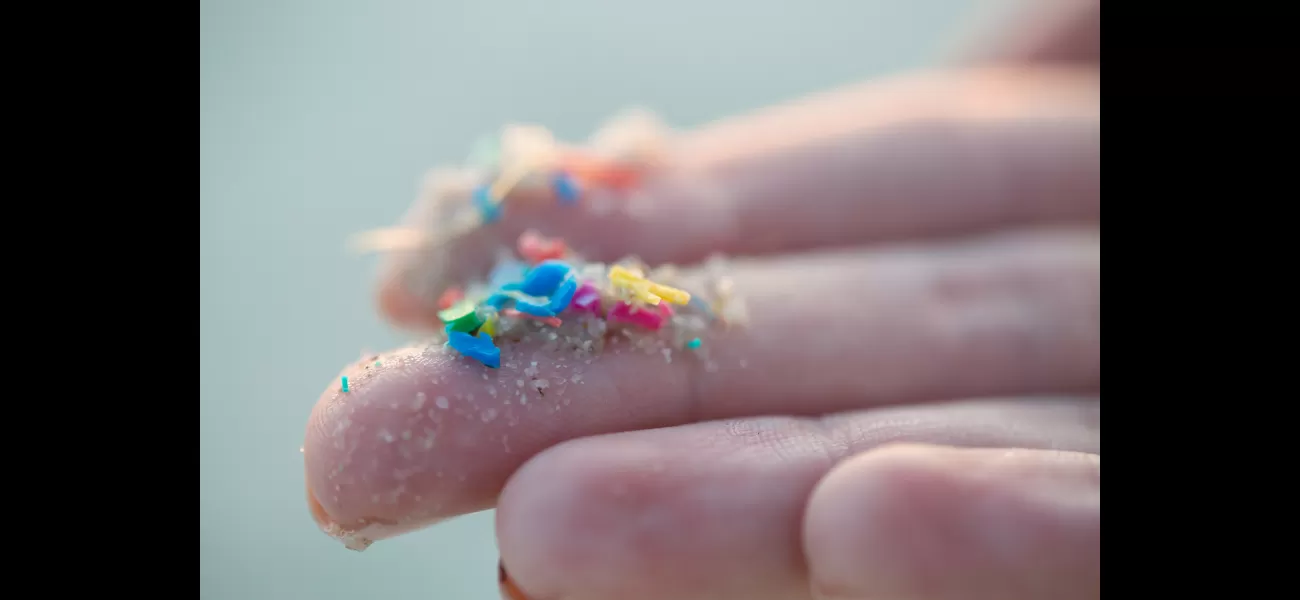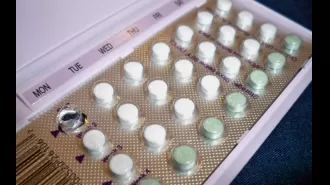Plastic particles in penis raise fertility worries
Tiny plastic particles are found in abundance in all parts of the world.
June 19th 2024.

The presence of microplastics has become a global concern, as they have been found in various parts of the world, including within the human body. In a groundbreaking study published in Nature IJIR, scientists have discovered microplastics in the human penis for the first time, raising concerns about their potential impact on sexual health. The researchers examined tissue samples from six patients who had undergone surgery for erectile dysfunction and found microplastics in 80% of the samples.
The study revealed that there were seven different types of microplastics present in the tissue samples, including polyethylene terephthalate, which is commonly used in food packaging, and polypropylene, used in plastic bottles and containers. These tiny particles, less than five millimetres in size, are a result of larger plastic items breaking down and can enter the body through ingestion, inhalation, or skin contact. There are concerns that these particles may accumulate in the body and interact with tissues and fluids, potentially causing harmful effects.
The research also found that microplastics could have an impact on male fertility, as they have been linked to a decrease in sperm count and quality. This is particularly concerning as there has been a global decline in male fertility. The study highlights the need for further research to understand the potential consequences of microplastic exposure on erectile function.
So, what exactly are microplastics? They are small pieces of plastic, with a diameter of 5mm or less, similar in size to a sesame seed. There are two types of microplastics – primary and secondary. Primary microplastics are directly produced as microbeads in products like toothpaste and exfoliating skincare products, which have already been banned in many countries. Secondary microplastics refer to larger plastic items that have broken down into smaller pieces, such as plastic bottles and food packaging.
Microplastics are not only harmful to humans but also to the environment. Their presence has been detected all over the planet, from the Antarctic to the deepest parts of the ocean. Due to the increase in plastic production since the 1950s, these particles are almost impossible to avoid, and they take hundreds of years to decompose.
The tissue samples from the men in the study were analysed using infrared microscopy, and an electron microscope was used to examine the shape of the microplastics. The results showed that eight out of ten samples had microplastics present, ranging in size from 20 to 500 micrometres. The researchers also noted that the increased blood flow to the penis during erections may make it more vulnerable to a build-up of microplastics.
The study has raised compelling questions about the potential impact of microplastics on erectile function, adding to the ongoing discussion about the effects of environmental pollutants on our health. Further research is needed to understand the levels of microplastics present and their association with erectile dysfunction. It is crucial to address this issue to ensure the well-being of both humans and the environment.
The study revealed that there were seven different types of microplastics present in the tissue samples, including polyethylene terephthalate, which is commonly used in food packaging, and polypropylene, used in plastic bottles and containers. These tiny particles, less than five millimetres in size, are a result of larger plastic items breaking down and can enter the body through ingestion, inhalation, or skin contact. There are concerns that these particles may accumulate in the body and interact with tissues and fluids, potentially causing harmful effects.
The research also found that microplastics could have an impact on male fertility, as they have been linked to a decrease in sperm count and quality. This is particularly concerning as there has been a global decline in male fertility. The study highlights the need for further research to understand the potential consequences of microplastic exposure on erectile function.
So, what exactly are microplastics? They are small pieces of plastic, with a diameter of 5mm or less, similar in size to a sesame seed. There are two types of microplastics – primary and secondary. Primary microplastics are directly produced as microbeads in products like toothpaste and exfoliating skincare products, which have already been banned in many countries. Secondary microplastics refer to larger plastic items that have broken down into smaller pieces, such as plastic bottles and food packaging.
Microplastics are not only harmful to humans but also to the environment. Their presence has been detected all over the planet, from the Antarctic to the deepest parts of the ocean. Due to the increase in plastic production since the 1950s, these particles are almost impossible to avoid, and they take hundreds of years to decompose.
The tissue samples from the men in the study were analysed using infrared microscopy, and an electron microscope was used to examine the shape of the microplastics. The results showed that eight out of ten samples had microplastics present, ranging in size from 20 to 500 micrometres. The researchers also noted that the increased blood flow to the penis during erections may make it more vulnerable to a build-up of microplastics.
The study has raised compelling questions about the potential impact of microplastics on erectile function, adding to the ongoing discussion about the effects of environmental pollutants on our health. Further research is needed to understand the levels of microplastics present and their association with erectile dysfunction. It is crucial to address this issue to ensure the well-being of both humans and the environment.
[This article has been trending online recently and has been generated with AI. Your feed is customized.]
[Generative AI is experimental.]
0
0
Submit Comment





